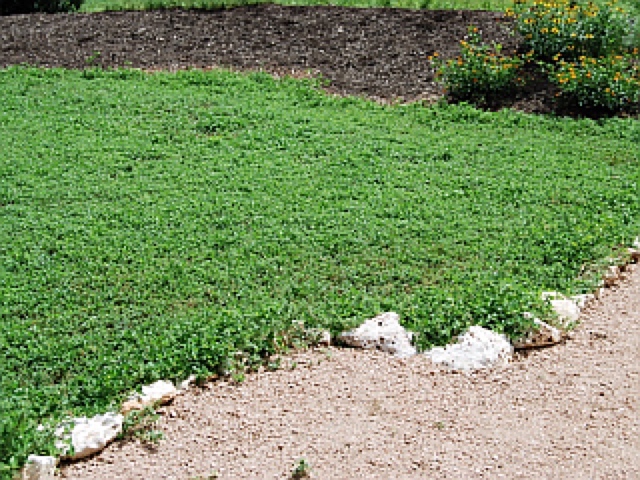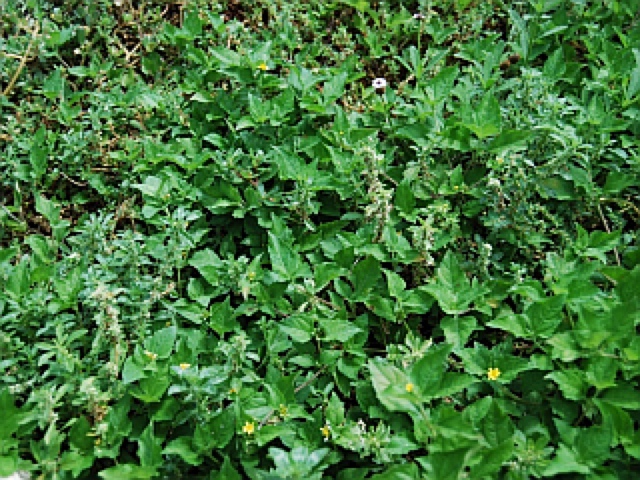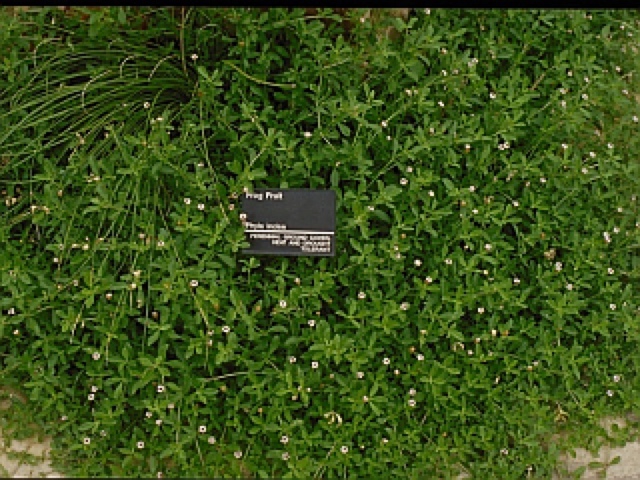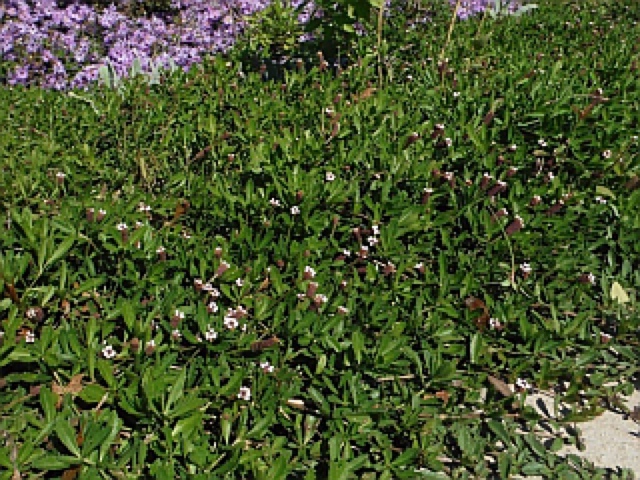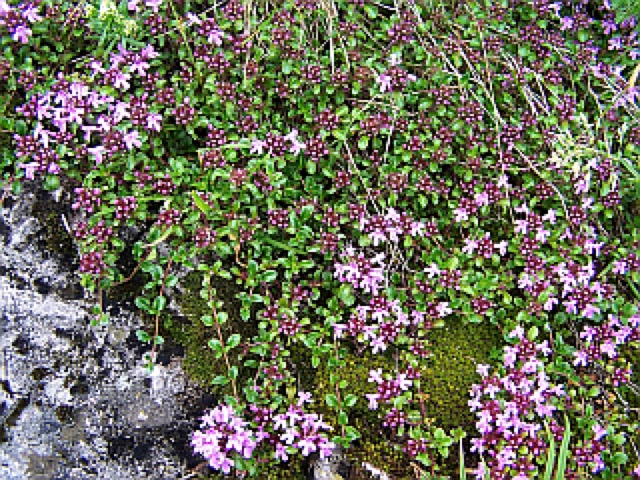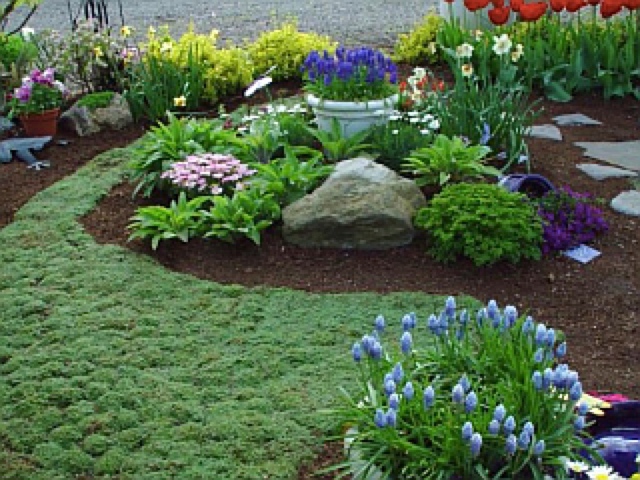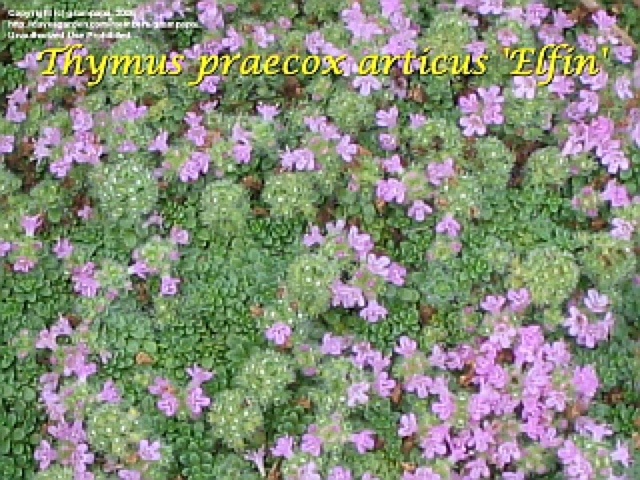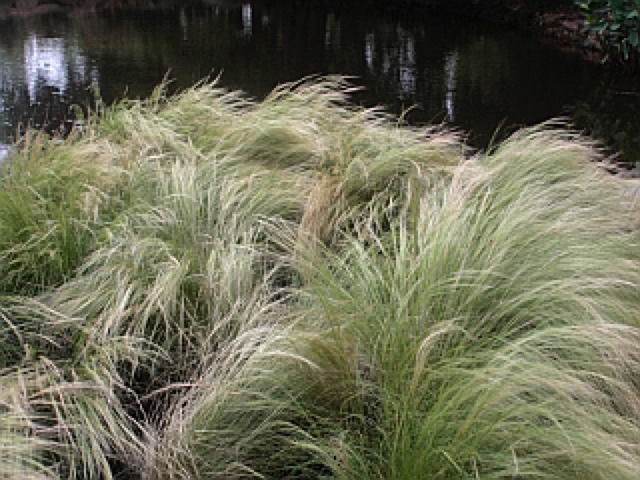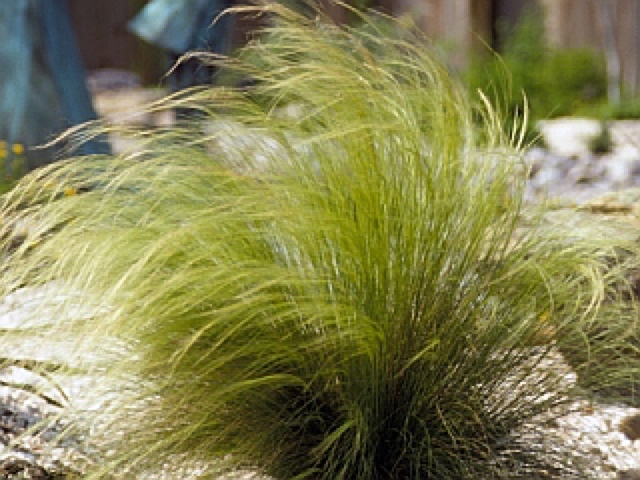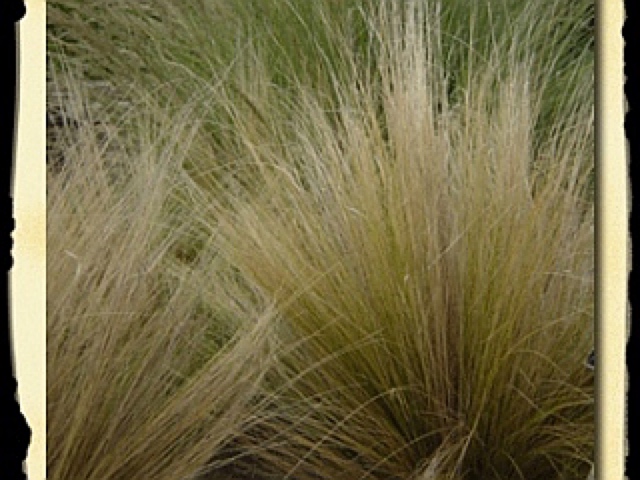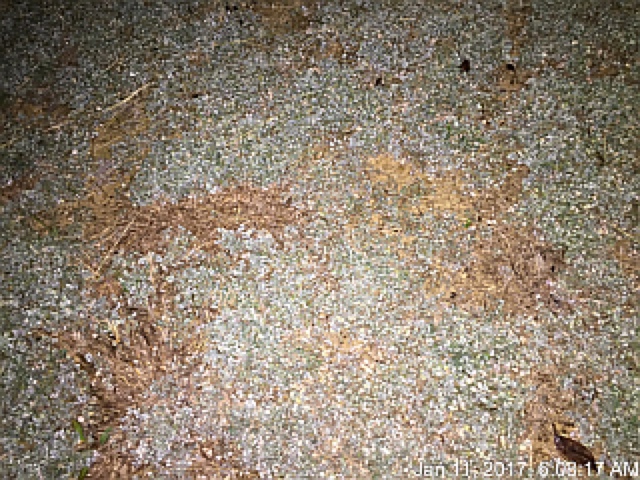Latest Update: Tuesday, 06 June, 2017
On This Page: Frog Fruit, Microclover, Bernudagrass
Ground Cover Research
• Frog Fruit Ground Cover, (Phyla incisa)
Environmental Survey Consulting
"Frog fruit in recommended as 'low-growing, mowable
ground cover.'"
Frog Fruit grows in sun, half shade or shade, in many types of soils,
and can handle foot traffic. You shouldn’t MOW when it’s flowering, but after
the seeds have matured, it can be mowed back. A little extra water keeps
the growth thicker, but it can tolerate neglect. It is in the Verbena family and
the small white flowers are attractive to insects.
• On Gardening:
Frog fruit has a silly name but makes a serious ground cover
St Augustine Record, 10 July 2015
• Frog Fruit Plant Care: Information On Growing Frog Fruit Plants
GardeningKnowHow.com
Growing native plants is an excellent way to preserve national flora and
have the added bonus of thriving easily since the soils and conditions are
designed for their success. There are few plants designed to grow well in
almost any climate, both for their beauty and as fodder for cattle, pigs, and
many species of butterfly. Frog fruit is one of them.
• Frog fruit a good natural groundcover
Daily Commercial
This hardy drought-tolerant groundcover will look its best with a little water,
about a half-inch, to supplement our rainfall in hot, dry periods like May and
September. MOWING frequency will vary with the season, and it looks best
maintained between 4 and 6 inches in height. Never cut more than one-third
its height with any single mowing to prevent removing too many leaves.
Edging or trimming will easily keep this creeping vine in bounds.While it will
take some light foot traffic, frog fruit looks fuller when used in an area free
from trampling. The plant will show some dormancy in the winter months, but
new growth and flowers throughout the growing season make it an attractive
alternative to turf for certain areas of the landscape.
• Frogfruit “lawn” Report @ 2.5 months
XericStyle.com
This area needs to be MOWED rarely, and only when I want a more
“polished” look. Oh, and I use our old reel mower, which surprised me works
well on it!
• Texas Smartscape > Frog Fruit
Very tough and extremely drought tolerant. Can also tolerate flooding.
Works well between stepping stones. Low creeping or trailing perennial. In
moist sites, makes excellent flowering ground cover.
• Lady Bird Johnson Wildflower Center >
Native Plant Database > Phyla nodiflora
Texas Frogfruit can be used as an excellent ground cover and is
evergreen in warm years. It is also evergreen in areas protected from frost.
It spreads vigorously. Frogfruit generally is a good nectar plant for
butterflies. It is an attractive plant rambling over boulders or the edges of
hanging baskets. It also can tolerate drought and flooding.
TheNaturalGardnerAustin.com
Consider using horseherb or frog fruit as a native ground cover in shady
areas. Horseherb has delicate yellow flowers. Frog Fruit has white flowers.
Both can be MOWED. Frog fruit will also tolerate full sun.
I am happy with my bahia and frog fruit lawn, put in 2 years ago. The
other plus is that it has not required MOWING in 7 months, no kidding. That
was over the winter and very little rain. Going into the summer I expect it will
need mowing maybe once a month. Mine varies in height from 3" to 6",
lower in walked-on areas and higher when not walked on.
• Maintenance: Water in dry areas or seasons to maintain a solid cover.
Do not MOW while blooming, as it can take years to recover. Wildflower.org
• Creeping Elfin Thyme
• Herbal ground covers for Dallas-area landscapes,
The Dallas Morning News
Elfin creeping thyme plant (Thymus serpyllum) is a low growing (1-2
inches tall) herbaceous perennial sub shrub with a dense mounding habit. In
cold climates, this little herb is deciduous, while in milder regions, the plant
will retain its foliage year round. Flowers are borne upon the fragrant green
to grayish blue foliage in summer and are extremely attractive to bees.
Native to Europe, this little creeping variety of thyme is not only drought and
heat tolerant, but deer and rabbit resistant, making it a lovely option for a
natural garden landscape...Needing no fertilization or frequent watering and
with an ability to withstand both hot, dry conditions or chilly weather, elfin
creeping thyme plant is often a prized selection for xeriscaping, a
landscaping plan that requires no irrigation.
• Grass, Mexican Feather
(Mexican Feathergrass, Mexican Wiregrass, Finestem, needlegrass,
Ponytail grass, Texas tussock)
Soft. Feathery grass that grows in a V-shape. Drought tolerant.
Does not like to be kept wet.
• Lady Bird Johnson Wildflower Center
Nassella tenuissima is popular in landscaping for its delicate, thread-like
leaves that billow gracefully in even the slightest breeze. It is native in North
America only to mountains in west Texas and adjacent New Mexico south to
central Mexico, but it has become widely used throughout hospitable areas
of the US and elsewhere. Given the right conditions - well-drained soil, the
right amount of water, and adequate sunlight - this grass can even become
invasive outside of its native range. But within its range and in well-managed
landscapes, it is a welcome addition to the garden that can add a dramatic
softening touch to harder-edged plants and architecture.
• Microclover
• BermudaGrass
• Cynodon dactylon, Wikipedia
• Lady Bird Johnson Wildflower Center
Bermudagrass is well known as one of the worst weeds in the South...
Since we have already agreed that bermudagrass is an ugly weed, may we
suggest you continue to get rid of it?
• The History Of Bermudagrass,
Turf Grass Research, The University of Arizona
• Turf Talk: Experts say North Texas lawns need to change, 12 May
2014
Neiman takes a dim view of the thirsty lawns that most people maintain in
North Texas, seeing them as monocultures that put their owners on a
treadmill of having to mow, weed and fertilize. These lawns, which are
typically composed of exotic turf like Bermuda and St. Augustine, drain their
owner’s time and wallets while also harming groundwater, beneficial insects,
butterflies, birds and clean air, Neiman says.
• Native seed mix offers alternative to bermuda grass, 14 Oct 2011,
American Statesman
"at the Lady Bird Johnson Wildflower Center's Fall Plant Sale and
Gardening Festival, a native seed mix called Habiturf that will be on sale
might be a good way to prepare for what could be a 2012 summer as hot as
the one we just survived."
• See Sod Grass and Drip Irrigation
• Buffalo Grass
• Texas A&M AgriLife Extension, Buffalo Grass
Native lawns in Texas often display the fine, curly, blue-green leaves of
buffalograss, curly mesquite, grama and needlegrasses. Of these,
buffalograss produces the most uniform and attractive turf.
Buffalograss, Buchloe dactyloides, is a perennial grass native to the
Great Plains from Montana to Mexico. In Texas, it is commonly found from
South Texas to the Texas Panhandle; but is rarely found on the sandy soils
in the eastern part of the state or in the high rainfall areas of southeast
Texas. It is one of the grasses that supported the great herds of buffalo that
roamed the Great Plains. Buffalograss also provided the sod from which
early settlers built their houses.
Buffalograss is, perhaps, our only truly native turfgrass. Its tolerance to
prolonged droughts and to extreme temperatures together with its seed
producing characteristics enables buffalograss to survive extreme
environmental conditions. Overgrazing and, in the case of turf, over use or
excessive traffic are the pressures that lead to the deterioration of a stand of
buffalograss.
Roadsides, school grounds, parks, open lawn areas, golf course roughs
and cemeteries are good sites for buffalograss in central, west and north
Texas. Buffalograss is particularly well suited for sites to be planted to
bluebonnets and other Texas wildflowers since it produces a relatively open,
thin turf and requires little mowing. It is the ideal grass for those wanting a
"native" landscape.
• Lady Bird Johnson Wildflowercenter, Native Lawns: Buffalograss
As fresh water supplies diminish and water costs increase, more individuals
and businesses are looking for alternatives to water-guzzling turf. Bouteloua
dactyloides (buffalograss)
• City-Data.com Forum - Buffalo grass in the Dallas area
• Misc
• Lawn Turf or Sod - What Is the Difference? 31 December, 2012
